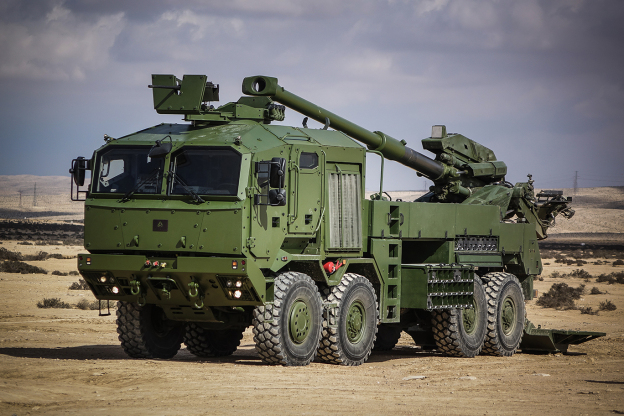The Russian Aerospace Forces (VKS) redeployed a Tu-22M3 bomber for the first time on the night of June 13-14 following an unprecedented incident in April. According to Ukrainian media, Russian forces launched an aerial strike on Ukraine, primarily targeting the western regions with ballistic missiles, drones, and Kh-101/Kh-55 missiles fired from at least five strategic bombers.
Unverified reports claimed that Russia deployed at least four Tu-22M3 bombers from the Dyagilevo airfield near Ryazan, marking their first approach within the range of Ukrainian air defense since an April shootdown.
In April, Ukrainian forces successfully downed a Tupolev Tu-22M Backfire bomber, the first such loss for the Russian bomber fleet. This incident followed a Russian attack on Ukraine’s Dnipropetrovsk Oblast. Air Force Commander Mykola Oleshchuk confirmed the destruction of the Tu-22M3, which carries Kh-22 cruise missiles used against Ukrainian cities. The Russian aircraft crashed in the Krasnogvardeysky District of Stavropol Krai, with videos of the crash circulating on social media. Russia attributed the crash to a technical error, while Ukraine claimed responsibility for downing the aircraft and stated that Russia had subsequently withdrawn the bombers.
The recent attack primarily focused on Starokostyantyniv in the Khmelnytsky area, home to a significant Ukrainian air base. This base, previously targeted by Russia, reportedly houses Ukraine’s Storm Shadow missile carriers, the Su-24MR fighter jets. Ukrainian Air Force (UAF) spokesperson Illya Yevlash declined to comment on the damage, emphasizing that revealing such information could aid the enemy. He noted a new Russian strategy combining airstrikes with regrouping and altering missile and drone movements.
Yevlash described this tactic as involving combined strikes using UAVs from various directions along with different types of missiles, adjusting warhead sizes based on the mission. For example, cruise missiles recently targeted western Ukraine, reaching Kolomyia before turning back towards Starokostiantyniv, demonstrating maneuvers with altitude changes. Each attack follows a unique pattern.
In response to continued Russian attacks, President Vladimir Putin offered a ceasefire on June 14 if Ukraine agreed to withdraw its forces from the four annexed regions and abandon its NATO aspirations. Putin stated that Moscow would "immediately" declare a ceasefire and commence negotiations if Kyiv complied. This proposal follows the G7 meeting in Italy and precedes a summit in Switzerland (excluding Russia) to discuss peace in Ukraine. Despite the annexation of four Ukrainian regions in the fall of 2022, Kyiv’s forces have maintained their positions.
Putin emphasized that his proposal aimed at a “final resolution” of the conflict rather than a temporary freeze, indicating the Kremlin’s readiness for immediate negotiations. However, Kyiv’s ongoing demand for the withdrawal of Russian forces and NATO membership remains unchanged, receiving no immediate response to Russia’s suggestion.
Russia’s full-scale invasion of Ukraine began in February 2022, initially targeting Kyiv but later focusing on southern and eastern regions after failing to capture the capital.



:quality(70)/cloudfront-us-east-1.images.arcpublishing.com/archetype/RD27T4ZMX5EGJFZXTDK3XNL4AY.jpg)
:quality(70)/cloudfront-us-east-1.images.arcpublishing.com/archetype/ZIDZWGSKMRFBJM5X2IEVVU2FDU.jpg)


